Updated on April 17, 2021
Exploring the history of Choy Li Fut kung fu
History of Choy Li Fut kung fu.
Choy Li Fut kung fu is a martial art style that originated in Guangdong province, China.
In the year 2008, the Chinese government designated Choy Li Fut kung fu style as a treasured national cultural heritage.
The foundation of Choy Li Fut kung fu started with its founder, Chan Heung born in 1806 at King Mui village. Over the period of about 200 years, Choy Li Fut kung fu style went through adaptations, which resulted in Hung Sing branch and the Buk Sing branch.
The Origins of Choy Li Fut Kung Fu
Choy Li Fut or 蔡李佛 (in Chinese characters), is also written as Choi Lee Fut or Choy Lay Fatt or Cai Li Fo (in Putonghua), is a remarkably efficient form of kung fu developed in the nineteenth century by Chan Heung. Renowned martial artist, Bruce Lee once noted, “Choy Li Fut is the most effective system that I've seen for fighting more than one person. [It] is one of the most difficult styles to attack and defend against.”
What makes this particular style of kung fu so powerful?
Choy Li Fut is a carefully brewed amalgamation that seamlessly blends techniques common in both Northern and Southern Chinese kung fu styles. Choy Li Fut incorporates swift, nimble footwork, characteristic of the Northern Chinese style, while also integrating strong arm movements which generate great force, typical of the Southern Chinese style. To understand how Chan came to weave these diverse styles of kung fu into a single, intricate style, we must first learn of his journey.

Chan Heung was born in 1806 in the village of King Mui, Guangdong province in China. At the age of seven, Chan began his kung fu training with his uncle Chan Yuen Wu, an accomplished Shaolin-style kung fu boxer. His uncle taught him kung fu which emphasizes the efficiency and speed of each movement for maximum force and velocity. Chan progressed quickly under the tutelage of his uncle. By the time he was fifteen years old, he was easily able to defeat his opponents. Chan’s uncle recognized the young warrior’s talent. He arranged for Chan to continue his training with another renowned master, Li Yau San.
Li Yau San, the originator of the Li Gar (Li family) style of kung fu, learnt his craft from the Zen Buddhism master, Gee Sin Sim See (one of the Five Elders of Shaolin).
Chan Heung spent four years with Li Yau San learning Li Gar, which relies on lower body strength and swift footwork. Again, Chan Heung quickly progressed through the skills. Eventually, Li Yau San recommended that Chan Heung to study with another martial art expert, Choy Fook.
Choy Fook, a Choy Gar (Choy family) style kung fu master, learnt his martial art skills from Choy Gau Yee, the founder of Choy Gar kung fu style which descended from the Zen Buddhism master Gee Sin Sim See.
When Chan Heung first met Choy Fook, he was already leading a life as a recluse in the mountains and no longer want to teach martial art. So, Choy Fook refused to teach the young Chan Heung his style of martial art. After continuous pleas and begging, he agreed to teach Chan Heung, not martial art, but Buddhism and Chinese medicines. Chan Heung agreed. For many hours each day, he studied Buddhism with Choy Fook. During his free time, Chan Heung diligently practiced the kung fu he’d learned from his previous masters.
One day while Chan was practicing his martial art skills, Choy Fook challenged him to kick a large rock. Chan summoned all his strength and had difficulty moving the large rock. Then, Choy Fook with great mastery proceeded to kick the large rock high and far with little effort. Amazed, Chan Heung recognized the incredible powers his master possessed and again begged to study martial art under Choy Fook. Convinced of Chan Heung’s character and conviction, Choy Fook finally agreed to share his knowledge of kung fu with him. Choy Fook trained Chan Heung in the Choy Gar kung fu style which emphasized nimble footwork, combination kicks and techniques of simultaneous attacks and defence. Choy Fook generously shared his knowledge of Choy Gar, Buddhism and Chinese medicines with Chan Heung for another eight years.
A Blending of Family Styles
Upon returning to his home village, Chan Heung created his own style of kung fu, which incorporated elements from the various styles he’d learned from his teachers over the years. He named the style Choy Li Fut, in honour of the teachers who trained him. The term “Fut,” meaning Buddha, paid homage to Chan Heung’s uncle and the Shaolin temple, where the teachings originated.
In 1836, Chan Heung established a school in his home village, King Mui, where he taught the new branch of kung fu to fellow villagers. Choy Li Fut included many techniques and forms, owing to the several styles of kung fu Chan Heung had learnt.
News of his unique kung fu style spread throughout the provinces, and people from neighbouring villages flocked to King Mui to learn from him. During his lifetime, it was a time of unrest and civil war in China. Many of his fellow villagers he had instructed were patriots, and they used martial art skills they learned to aid in the resistance against invading nations.
In the later years of adaptation, Chan Heung's style of Choy Li Fut is known as Hung Sing Choy Li Fut 雄勝蔡李佛.
Further Adaptations of Choy Li Fut
The Choy Li Fut movement spread to other cities as students of Chan Heung returned to their home villages after learning from Chan Heung in King Mui.
Jeong Yim - Hung Sing Choy Li Fut 鴻勝蔡李佛 kung fu
One such person is Jeong Yim. He had trained with Chan Heung in King Mui prior to training with another kung fu master, Ching Cho (Green Grass Monk). Jeong Yim later became a highly-regarded practitioner of kung fu. He incorporated the knowledge and skills he’d acquired into his version of the Choy Li Fut system, the Hung Sing Choy Li Fut kung fu system, 鴻勝蔡李佛, improving many of the techniques.
Note: The Chan Heung's Hung Sing CLF 雄勝蔡李佛 and Jeong Yim Hung Sing CLF 鴻勝蔡李佛 are homonym but they are written differently in Chinese characters.
Tam Sam - Buk Sing Choy Li Fut 北勝蔡李佛 kung fu

Later, Tam Sam, a Hung Gar kung fu specialist, sought to improve his knowledge of kung fu by studying Choy Li Fut. After much study and training, he established a Choy Li Fut school in South China what is known today as Buk Sing Choy Li Fut. Previous versions of Choy Li Fut before Tam Sam's version focused on the practice of forms—a set of pre-arranged sequences of movements. Tam Sam’s Buk Sing Choy Li Fut focused on technique and application.
More about Buk Sing Choy Li Fut kung fu
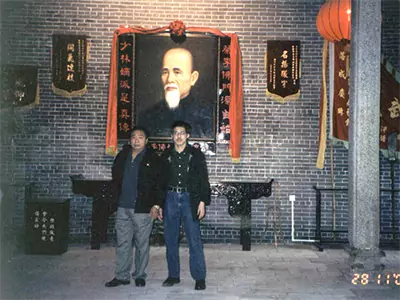

Today, Choy Li Fut kung fu is practiced around the world. The careful development of Choy Li Fut, over the course of nearly two centuries, has provided us with unique art that offers many mental and physical benefits to its practitioners.
Past masters of the art sought to help students in their communities improve their lives through the practice of Choy Li Fut.
At Bamboo Kung Fu Academy, that is also our desire. Sifu Kin Sze, a seventh-generation practitioner of this storied martial art and is dedicated to promoting the traditional Choy Li Fut kung fu style in Toronto.
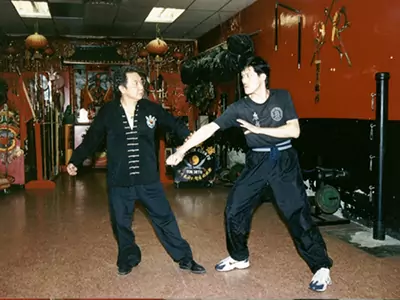
He began his martial art study under the illustrious Grandmaster Paul Chan, learning Hung Sing Choy Li Fut, which descended from Chan Heung.
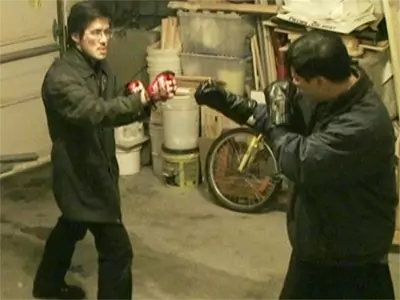
Later, he went on to study Buk Sing Choy Li Fut with Grandmaster Michael Chan, from the Tam Fei Pang lineage. Tam Fei Pang learnt his Buk Sing CLF from his father, Tam Sam - the founder of Buk Sing CLF.
Choy Li Fut is more than a form of exercise. It is a lifestyle that enriches one’s mind, body, spirit and character. At Bamboo Kung Fu Academy, our students become part of the fabric of Choy Li Fut’s rich history, which dates back nearly two centuries. By handing down this long tradition of active, healthful living and strong character values, we have had the pleasure of seeing the lives of our students enhanced.
We invite you to discover how Choy Li Fut contributes to healthier, happier adults and children. Join the Choy Li Fut family by registering today for your complimentary kung fu class.
You may be interested in:
Kung Fu performance at the 2023 Toronto Chinatown Festival
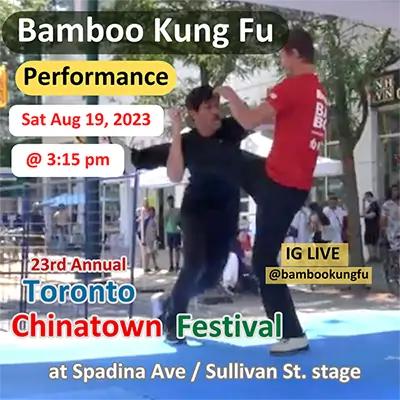
Bamboo Kung Fu students will perform Chinese martial arts on stage at the 23rd Toronto Chinatown Festival on Saturday, August 23, 2023. Our show will begin at 3:15 pm (UTC/GMT -4).
The martial arts show will be held at Spadina Avenue and Sullivan Street.
More - Martial art performance at the 2023 Toronto Chinatown Festival
Stances - The Most Important Secret in Martial Arts Practice
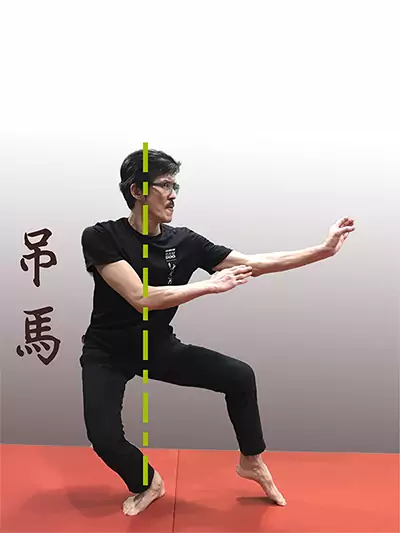
Stance is the ultimate foundation in martial arts practice. Stance is the essence of any kung fu practice. Without it, the quality and leverage of the kung fu techniques will not be effective.
More - Stances: the most important foundation in martial arts practice
Punching Power “Leaks”: How Bad Posture Lowers Punching Power
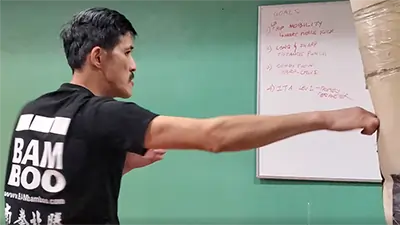
Does bad posture reduce punching power in kung fu? Yes. Forward-rounded shoulder posture reduces the leverage of the kinetic chain and affects punch accuracy, especially in Buk Sing Choy Li Fut kung fu.
More - How Bad Posture Causes Punching Power Leaks
Kung Fu Online Live Martial Arts Classes Long Distance Learning
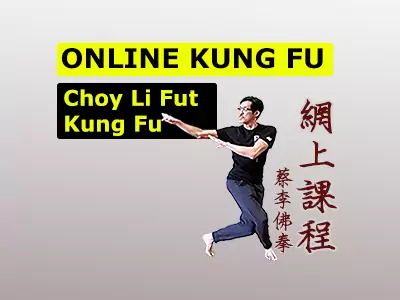
Online live interactive martial arts classes in the comfort of your home. Go to kung fu classes without travelling
More - Online Kung Fu classes
LIVE Online Kung Fu-Blind River, Elliot Lake, Thessalon, Bruce Mines
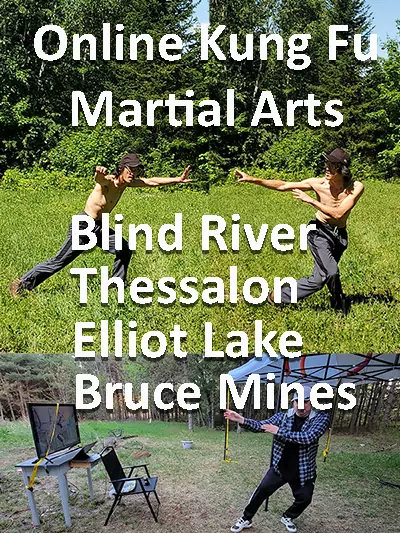
LIVE Online Kung Fu in the townships of Blind River, Elliot Lake, Thessalon, and Bruce Mines in northern Ontario.
Our online classes are cast LIVE from our location in downtown Toronto. Our online classes are Hybrid classes. This means the online classes are run together with in-person classes.
More - Online Kung Fu-Blind River, Thessalon, Elliot Lake, Bruce Mines in northern Ontario
Adult kung fu
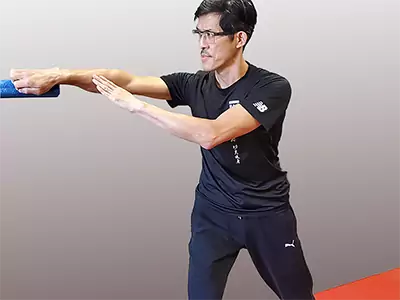
In-person and online options available.
Choy Li Fut kung fu is a dynamic martial art style with a diverse repertoire of movements. Class curriculum:
Primary goal: Improve overall fitness.
Secondary goal: Gain self-defence knowledge, Foster good biomechanics and posture to help you in day-to-day activities of daily living (ADL).
Everyone is welcome, with or without previous martial arts training experience.
More about Adult kung fu
Children kung fu
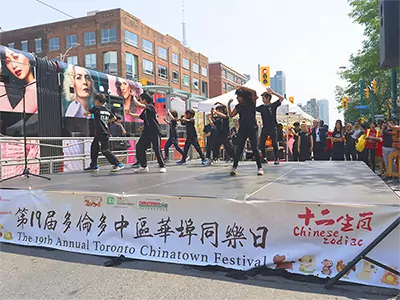
In-person and online options available.
Studies have shown the positive trends of long-term participation in physical activity programs such as martial art. Such programs help improve children’s executive functions i.e., creativity, flexibility, self-regulation, discipline, and working memory functions.
By instilling good movement patterns in the children’s kung fu program, children will gain the foundation which will set them up for a healthy and active lifestyle.
More about Children's kung fu
Essentrics™-stretching, strengthening, mobility full body exercise
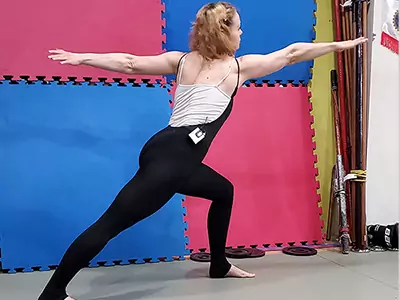
In-person and online options available.
Essentrics™ is a full-body workout that draws inspiration from ballet, Tai-Chi, that develops lean, strong muscles and improves your posture. The fluid and dynamic movements nature of the exercise is low impact and improves joint health. Lighten up your mood and move to the rhythm of the songs playlist.
More about Essentrics™
